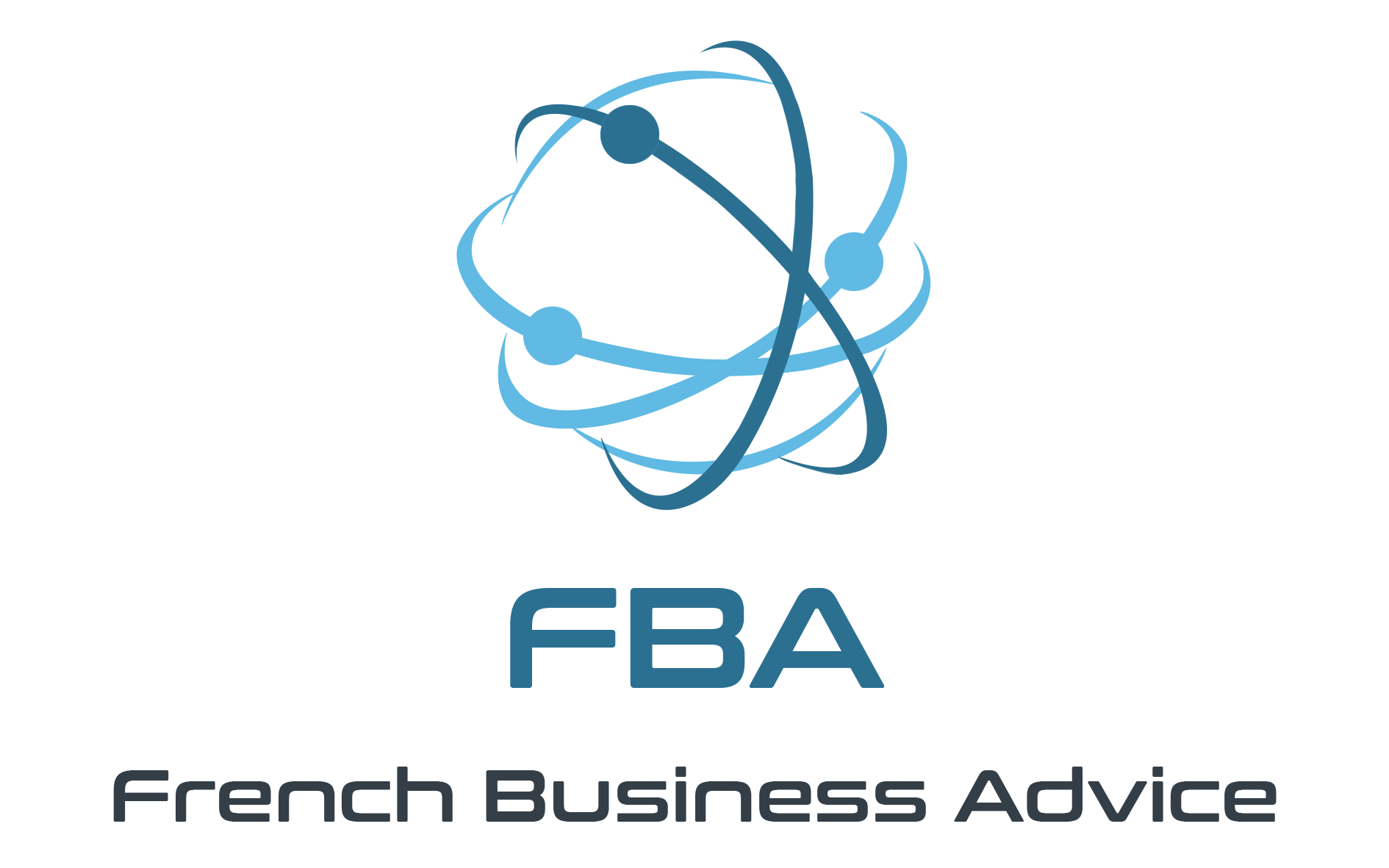
What legal forms can be used for doing business in France?

Updated on 15/03/2021
Any natural or legal person wishing to set up a business in France should be aware of the legal forms available to them, and the main advantages and disadvantages of each. Here is a summary of the most common legal structures.
Individual businesses
Registration procedure
This is the simplest method for operating a very small business. The operator must apply for registration to the:
- CFE (Centre de formalités des entreprises, or Enterprise Formalities Centre) of the Chamber of Commerce and Industry for Traders
- CFE of the Chamber of Trades for Craftspeople
- CFE of URSSAF, the Social Security Contribution Collection Office, for liberal professions
To establish sole ownership, you must submit the following documents:
- A P.0. form
- Proof of occupancy of the premises (lease contract)
- Proof that the spouse has been informed of the consequences relating to professional debts taken out on shared assets
- A copy of your identity document and a certificate showing the identity of both parents if this is not shown on your proof of identity
- A sworn declaration of that you have no criminal record
- If your business is regulated, proof of authorization
- If applicable, a copy of the declaration of exemption from seizure drawn up by a notary
- If applicable, proof of marriage or PACS if you opt for assisting spouse status
- Confirmation that company set-up formalities have been completed
Protecting an operator’s personal property
It is important to protect your real estate, other than your main residence, against potential legal action by future professional creditors. To do so, you must have a declaration of exemption from seizure drawn up by a notary. Your main residence has been protected by an exemption from seizure applicable as of right since 7 August 2015.
Once the declaration of exemption from seizure has been made, an individual operator cannot be sued for debts resulting from their professional activity which arise thereafter.
Creating an E.I.R.L.
This legal form has several advantages. It combines sole ownership and the E.U.R.L. form, giving the simplicity of sole ownership and the advantages of an E.U.R.L. (options for the imposition of corporation tax and limitation of liability).
The file must be submitted to the competent business administration centre, the CFE (see above in “Individual businesses“).
List of documents to provide:
- The declaration of assignment of assets to professional patrimony
Where applicable, the following additional documents must be attached to the declaration of assignment:
- – For entrepreneurs living as a couple, and when a common asset is allocated to the E.I.R.L., the spouse must give their agreement
- – For entrepreneurs who wish to allocate an undivided asset, the co-owner must give their agreement
- A printed P.0. form (or a P2 form if the company already exists)
- A printed P. E.I.R.L.
- A copy of the identity document and a certificate of parentage, if this is not shown on the proof of identity
- A sworn declaration that you have no criminal record
- Proof of the business address (lease contract)
S.A.R.L. Société à Responsabilité Limitée & E.U.R.L. Entreprise Unipersonnelle à Responsabilité Limitée
These are like a limited company in the UK. A SARL may have two or more partners, while an E.U.R.L. only has one.
The main characteristics of a S.A.R.L. or E.U.R.L.
- Share capital: no minimum amount is requested upon incorporation
- Registered office: the company must have a registered office which may also be the managing director’s domiciled address
- Contributions admitted: cash, contributions in kind and industry in-kind contributions (know-how), although industry in-kind contributions do not constitute capital
- Number of partners: at least 1 for a E.U.R.L., at most 100
- Decision-making: at ordinary or extraordinary general assemblies
- Duration: maximum 99 years, but can be extended
- Financial year: 12 months, except for the first year
- Articles of Association: mandatory written document stating the company’s legal form, name, registered office, object, duration, the amount of share capital, the identity of the founding partner(s), any cash contributions, the value of contributions in kind, the terms of capital release, subscription terms for industry in-kind contributions and share allocation among the partners
The company may also be a subsidiary of a British company. In this case, the French S.A.R.L. will pay dividends to the parent company. If the managing director of the French company works mainly in Britain for the business carried out in France, the French company will pay reasonable, demonstrable management fees to the parent company and deduct these from its profits.
The main advantages of this type of company
The main advantages are as follows:
- Liability is limited to the value of partners’ contributions (except in the event of serious misconduct)
- Funding is flexible: partners can easily be added or removed, or an E.U.R.L. can be changed to a S.A.R.L.
- Flexible tax regime: the S.A.R.L. is subject to corporation tax but another option is to subject the partners to direct taxation of income tax if the company is formed between members of the same family. This is permitted in all cases during the first 5 years of the company.
- The choice of social regime for managing directors: managing director(s) are subject to the tax regime for the self-employed if they hold more than 50% of the shares
Some disadvantages
All types of companies have drawbacks compared to self-employed status:
- Costs relating to the formalities of setting up the company and operating costs are higher
- Company operation is more formalised (partners must meet at general meetings to make decisions, etc.)
There is one other disadvantage compared to other types of companies (S.A.S. or S.A.):
- Majority managing director(s) are subject to the self-employed regime, so they are excluded from any salary scheme
Differences under the E.U.R.L. form
An E.U.R.L. is simply a S.A.R.L. with only one partner. It allows the liability of a shareholder or partner to be limited to the value of their financial contribution. The main differences from the S.A.R.L. are the following:
- Tax regime: when it comes to income tax, the entrepreneur is taxed personally on any profits made by the E.U.R.L. It is possible to opt for the micro-enterprise tax regime, where the sole managing partner is a natural person. It is also possible to opt for the corporate tax regime.
- Managing director’s social status: when they are also the sole shareholder, they come under the self-employed regime (TNS). If they are not the sole shareholder, they are classed as a salaried managing director and are included in the employees’ scheme.
S.A.S. Société par Actions Simplifiée
This form of joint stock company has certain advantages, such as the option to operate flexibly. This can be freely defined in the Articles of Association.
The company can be formed by a single partner (S.A.S.U.).
The main characteristics of an S.A.S. or S.A.S.U.
The characteristics are, for the most part, like those of an S.A.R.L. (or E.U.R.L.):
- Share capital: no minimum amount is required upon incorporation
- Registered office: the company must have a registered office, which may also be the managing director’s domiciled address
- Contributions admitted: cash, contributions in kind and industry in-kind contributions
- Number of partners: at least 1, no maximum
- Decision-making: at ordinary or extraordinary general assemblies
- Duration: maximum 99 years, but this can be extended
- Financial year: 12 months, except for the first year
The main differences between an S.A.S. and a S.A.R.L.
- Freedom to define the operating rules: partners are free to define the management and decision-making methods in the Articles of Association. However, these must comply with certain rules provided for by law. For example, a company president must be appointed in any S.A.S.
- Tax system: S.A.S. are normally subject to corporation tax, so opting for the taxation of profits via income tax is only possible when the company is incorporated, and is permitted for a maximum period of 5 years
- Social security scheme for managing directors: they are considered to be employees and are compulsorily covered by the general social security scheme. This means no social contributions are due unless remuneration is paid (unlike majority managing directors in an S.A.R.L. who are classed as self-employed and are liable for minimum social contributions even if they receive no salary.
S.A. Société Anonyme
Here are the specific rules that differentiate an S.A. from other types of companies:
- Share capital: compulsory minimum of € 37,000
- Shareholders: 2 shareholders for a company not listed on the stock exchange. No maximum is prescribed by law. If the S.A. is listed, a minimum of 7 shareholders is required.
- Management bodies in an S.A.: two organizational systems are possible in an S.A.:
- With a board of directors and a managing director (possibly assisted by deputy managing directors)
- With a supervisory board and a management board
Creating a French branch/subsidiary of a company governed by foreign law
Entering a French branch/subsidiary of a foreign company in the trade and companies register is simple and inexpensive. You nominate a natural person to represent the company in France and provide the clerk of the commercial court with a copy of the company’s Articles of Association and the lease for your business premises. If any of the statutes change, you must submit a copy of the amended statutes.
The main advantages of this legal provision are its speed and the lack of legal requirements during business operations (no general meetings, no publication of accounts).
As a permanent entity belonging to the foreign company, the branch will be subject to French tax. Its profits will not be subject to double taxation in the country of origin if the there is a bilateral agreement between France and that country to avoid double taxation.
The head office may invoice for reasonable, demonstrable management fees, which will be deductible in France.
Conclusion
The choice of legal structure will depend on the investor (natural person or company), their preferences for a social regime and the type of business. Faced with the complexity and variety of solutions, we’d strongly advise you to consult an expert before setting up your business.
Our accounting and auditing firm can help you with this, so contact us!
You may also be interested in our Comparative table of companies’ legal structures under French law… Take a look!



